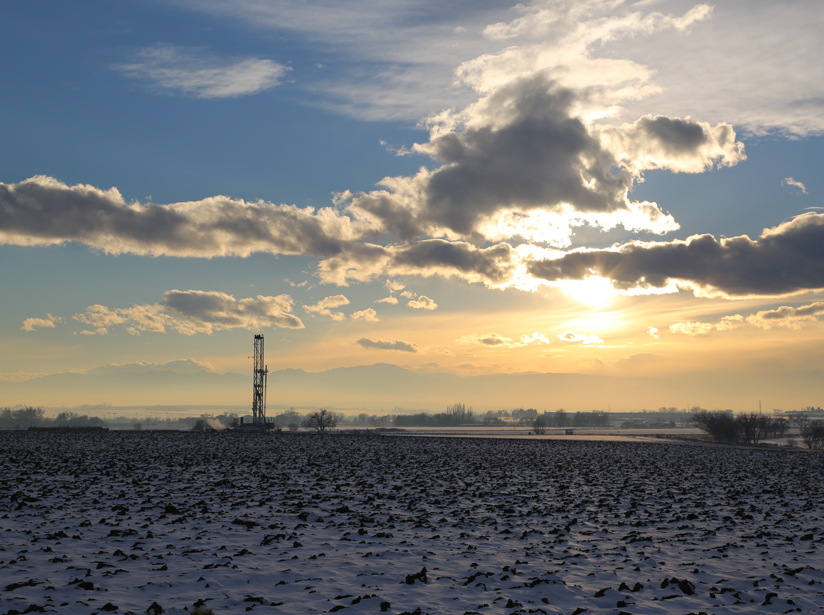Using independent airborne measurements, Pétron et al. found that the amount of methane and other hydrocarbons seeping off one of Colorado’s largest oil and gas fields is almost 3 times the emissions rate reported by the gas producers to the U.S. Environmental Protection Agency.
Ruling out emissions from other methane sources using available inventory estimates and comparing their observations to previous measurements, the authors found that methane emissions from the Denver-Julesburg Basin were on the order of 12.4-26.2 tons per hour, roughly 3 times emissions rates estimated from regulatory inventories. Emissions of nonmethane hydrocarbons such as pentanes, butanes, and propane were also high, measured to be 17.2-33.6 tons per hour. The authors estimated that leaks account for 2.6-5.6% of natural gas production. Previous research has suggested that the immediate environmental benefit of using natural gas over other fossil fuels such as coal or oil evaporates if the total natural gas supply chain leakage rate rises above 3%.
Colorado has a long history in oil and gas extraction, though production has seen a recent boom with the development of unconventional oil and gas sources, such as shale gas. In the past, oil and gas production in the state’s Denver-Julesburg Basin is thought to have contributed to air quality problems in the surrounding region, including in Denver, Colorado’s largest city. The Denver-Julesburg Basin has been under development since the 1970s, and, in 2014, had 24,000 active wells, generating three quarters of the oil and 13% of the gas produced in the state.
Accurately measuring methane and other hydrocarbon emissions rates, as well as identifying their contribution to regional air quality problems, has been an ongoing issue. The authors’ measurements, which used airborne spectroscopic observations, along with very high precision laboratory analyses of ambient air samples, provide an independent, top-down assessment of emissions during the observational campaign. (Journal of Geophysical Research: Atmospheres, doi:10.1002/2013JD021272, 2014)
—Colin Schultz, Freelance Writer
Citation: Schultz, C. (2015), Colorado hydrocarbon leakage rates much higher than reported, Eos, 96, doi:10.1029/2015EO022189.
Text © 2015. The authors. CC BY-NC 3.0
Except where otherwise noted, images are subject to copyright. Any reuse without express permission from the copyright owner is prohibited.

